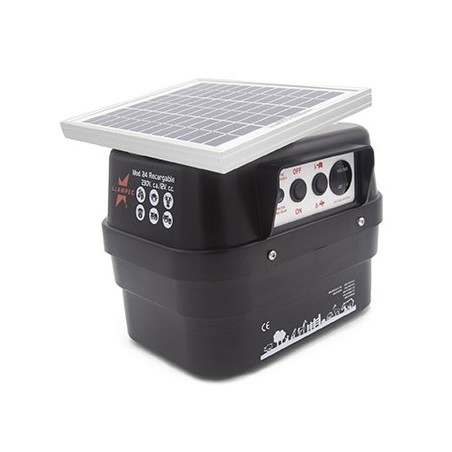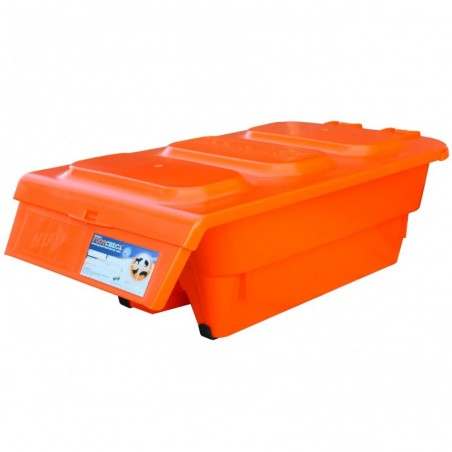Over the last few years several notifiable diseases have appeared in the European Union. We could mention, for example, Classical Swine Fever (CSF) , Foot and Mouth Disease (FMD), Bluetongue Disease (BTV) or the one discussed in this article: African Swine Fever (ASF).
The importance of these diseases lays, to a large extent, on their commercial impact. Nowadays, the one that poses a major risk and should be classified as a threat, is African Swine Fever.

This pathology has caused severe problems in the past. Waste food from of an African airplane introduced the disease in Portugal in 1957 and into Spain in 1960. The virus spread to different European countries and was also diagnosed in Cuba, Brazil, Dominican Republic and Haiti. Except in Sardinia, where the disease is considered endemic, the disease was eradicated outside the African continent. Some countries, like Spain, needed 35 years to be declared free from ASF. The areas where wild boars live in close proximity to extensive pig production units were the last ones to be declared free from the virus.
Spread of the disease
Over the last few years ASF has spread extensively across Africa. This fact increases the risk of the disease spreading and reaching the EU.
In 2007 ASF reappears in Europe, in the Caucasus region. The first outbreaks appear near a harbour and the disease spreads through Armenia, Azerbaijan and Russia. During a few years the disease spreads mainly locally, until 2011 when it spreads to regions geographically further away and closer to the EU.
Contrary to the general thought that eradication would be possible within a few months, the disease reached the EU and spread uncontrollably into Estonia, Latvia, Lithuania and Poland, with reported outbreaks mainly in wild boars but also in domestic pigs.
ASF spread also to the south: Ukraine, Moldavia, getting closer to Slovakia, Hungary, Romania, etc. A very high percentage of farms in these countries are backyard farms with very little biosecurity and very few monitoring tools to favour the early detection of outbreaks. All these arguments together make us believe that if the virus entered these countries it would be very difficult to control.
The spread of the disease indicates that the control measures implemented have not been successful at controlling the infection.

Figure 1. ASF spread in Northern Europe (2014-2017).
Some factors that could explain the spread of the disease in the northern part of Europe are:
- High density of wild boars, which is still increasing.
- Multiple disease entries through infected wild boars.
- Farm location with poor biosecurity measures in areas with high wild boar density. Many farms in these areas, including backyard farms, lack such basic preventative measures as fencing.
The increase of the wild boar population all over Europe is a factor that must be taken into account when evaluating the risk of introduction, spread and persistence of the virus in a territory.
.

Figure 2. Estimated boar population in Europe. Source: FAO-ASFORCE, May 2015.
Some measures have been implemented focusing on the wild boar population: selective female hunting, elimination of supplementary food and cooperation with hunters to reduce the risk that the high numbers of virus in the blood pose, as well as the risk caused by moving and cutting potentially infected dead wild boars in the hunters' homes. Unfortunately, there is not an effective vaccine against this disease that could help us control the problem in the wild boar population.

In the past, when the wild boar population was smaller, eradication of the disease was already a big challenge. It is estimated that the wild boar population has multiplied by three in the last few years, and there are large areas where extensive pig production coexist with high density populations of wild boars. In the event of the disease entering these areas, it would be difficult to control it.
What would be the consequences of the introduction of ASF? For an exporting country, the introduction of ASF, and the border closure that would follow, would cause the total collapse of the pig industry. The losses caused by the Russian veto to EU meat were a partial warning of what the impact might be.
The best way to be prepared includes:
- Training to recognize the disease at an early stage in domestic pigs and wild boars.
- Up-to- date surveillance protocols based on the real risk.
- Raising awareness amongst veterinarians, farmers and hunters.
- Improvement of biosecurity measures, especially in outdoor /extensive pig herds where there is a higher risk of contact between domestic pigs and wild boars.
- Plans to control wild boars.
- Search for new markets
Another important factor is to take the threat seriously. The complexity of ASF control, especially under the current conditions of high wild boar densities, and the tremendous implications it would have for the pig sector if the disease was introduced, means we need to make a group effort to prevent the disease from entering the EU and make sure we are prepared to fight the disease if it appears.






